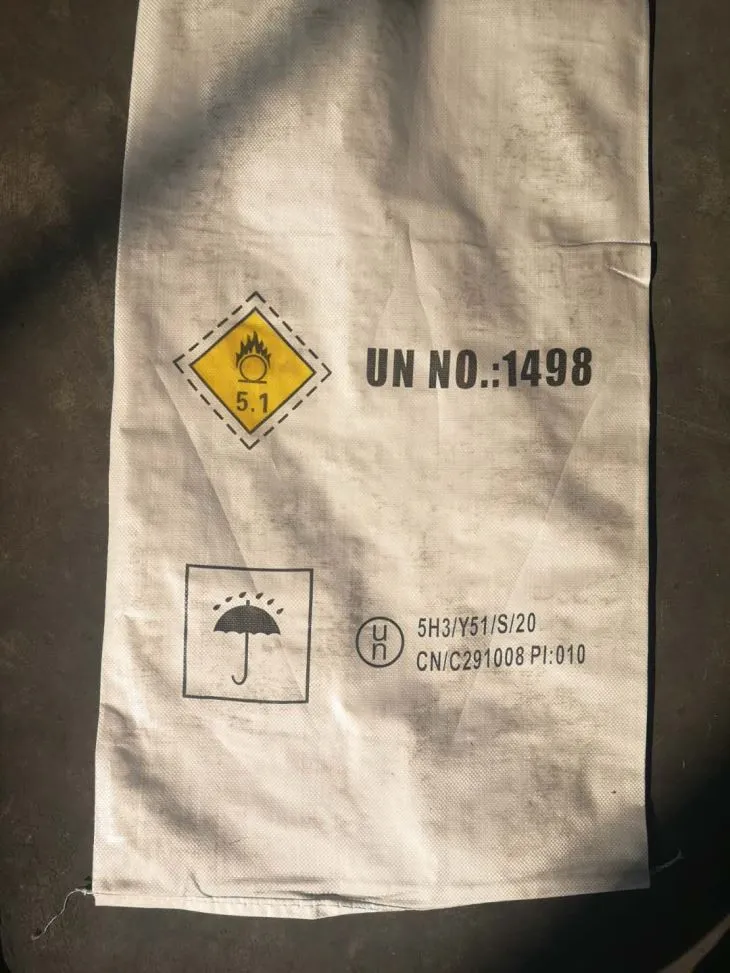



caustic soda 50 msds
Understanding the Safety and Handling of Caustic Soda A Focus on the 50% Solution MSDS
Caustic soda, also known as sodium hydroxide (NaOH), is a highly versatile chemical widely used across various industries. Its applications range from manufacturing soap and detergents to acting as a strong base in chemical processes. This article delves into the Material Safety Data Sheet (MSDS) pertaining to 50% caustic soda solution, emphasizing its hazards, handling procedures, and safe use.
Chemical Characteristics
Caustic soda is a white solid at room temperature but is commonly available as a 50% aqueous solution for ease of handling and transport. This concentrated form is a powerful alkaline substance that can cause severe chemical burns upon contact with skin or eyes. Therefore, understanding its chemical properties is essential for safe handling. The pH of a 50% caustic soda solution is typically around 14, indicating its strong basicity.
Hazards Identification
The MSDS for 50% caustic soda solution lists several hazards associated with its use
- Corrosive Nature Due to its high alkalinity, caustic soda can cause severe burns and irritation to the skin, eyes, and mucous membranes. Contact with the eyes can lead to permanent damage or blindness.
- Reactivity Caustic soda is highly hygroscopic and reacts vigorously with water. Mismanagement during dilution can result in exothermic reactions, releasing heat and causing splattering.
- Toxicological Effects Ingestion or inhalation of sodium hydroxide can lead to severe health effects, including respiratory distress or gastrointestinal injury
.Proper identification of these hazards is crucial for ensuring safety during storage and handling.
Safe Handling Practices
caustic soda 50 msds

To mitigate the risks associated with caustic soda, the MSDS provides several recommendations
1. Personal Protective Equipment (PPE) When handling 50% caustic soda, it is imperative to wear appropriate PPE, which includes chemical-resistant gloves, goggles, and face shields to protect against splashes. Long-sleeved clothing and boots should also be worn to minimize skin exposure.
2. Ventilation Ensure that the work area is well-ventilated. Use fume hoods or local exhaust ventilation systems to prevent the accumulation of vapors.
3. Emergency Procedures It is vital to establish an emergency plan that includes access to eye wash stations and safety showers. Personnel should be trained in first-aid measures specific to chemical exposure, including how to treat burns effectively.
Storage Guidelines
Storing caustic soda requires compliance with specific protocols
- Store in a cool, dry environment away from incompatible substances, such as acids or strong oxidizers.
- Ensure that containers are properly labeled and maintained to prevent leaks or spills.
- Regularly inspect storage areas for signs of corrosion or degradation of containers.
Conclusion
The MSDS for 50% caustic soda solution highlights the importance of understanding its hazards and emphasizes the need for proper safety measures. By adhering to recommended handling practices, utilizing appropriate protective equipment, and conducting routine safety training, workers can minimize the risks associated with this potent chemical. Awareness and education play critical roles in ensuring safety in workplaces that handle caustic soda, thus safeguarding the health of employees and the integrity of the environment.
-
Why Sodium Persulfate Is Everywhere NowNewsJul.07,2025
-
Why Polyacrylamide Is in High DemandNewsJul.07,2025
-
Understanding Paint Chemicals and Their ApplicationsNewsJul.07,2025
-
Smart Use Of Mining ChemicalsNewsJul.07,2025
-
Practical Uses of Potassium MonopersulfateNewsJul.07,2025
-
Agrochemicals In Real FarmingNewsJul.07,2025
-
Sodium Chlorite Hot UsesNewsJul.01,2025










